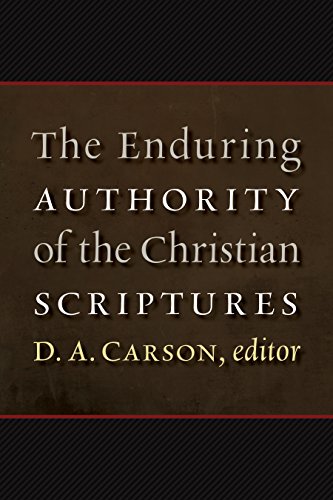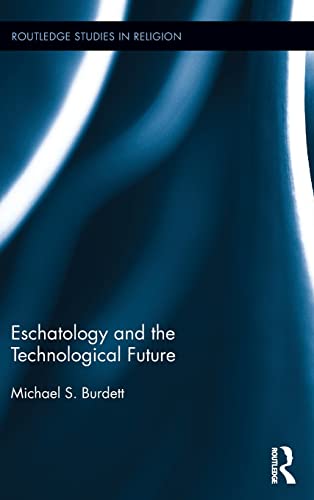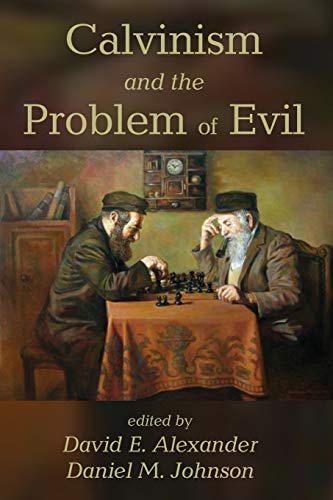Hebrews in Contexts
Written by Gabriella Gelardini and Harold W. Attridge, eds. Reviewed By Michael KibbeThis book, a collection of eighteen papers delivered at the Hebrews section of the SBL annual conferences between 2005 and 2014, analyzes Hebrews from numerous contextual angles: Jewish, Greco-Roman, spatial, and reception-history. As with all such collections, varied topics discussed with varied degrees of success make thorough review difficult, so here I focus on some overarching features of the collection as well as a few high points from particular essays.
Reading Hebrews from various contextual angles is undoubtedly a useful pursuit in theory, especially when the goal is expansion of contextual aids rather than new reductionisms (see Harry Maier’s fine explanation of this point on p. 134). In the end, though, such a pursuit’s usefulness is a function of its ability to illuminate the text of Hebrews itself, and in this respect I thought most of the essays fell short. I learned a great deal about Roman religion, for example, from Jörg Rüpke (“Starting Sacrifice in the Beyond,” pp. 109–27) and Harry Maier (“For Here We Have No Lasting City (Heb 13:14a,” pp. 133–52), but I am less certain that I learned much about Hebrews.
Even when the parallels between Hebrews and contemporary literature were nearly indisputable, as in Kim’s comparison of Targumim on Psalm 95 with Hebrews 3–4 (“Jewish and Christian Theology from the Hebrew Bible,” pp. 31–45), I remain unclear on the implications of this set of parallels for our understanding of Hebrews. And while Kim clearly demonstrated that some Targumim and the author of Hebrews were drinking from the same fountain, other parallels suggested in the volume were less convincing. Fritz Graf (“You Have Become Dull of Hearing,” pp. 97–107), for example, notes that Heb 5:11 and Plato’s Theaetetus are the only extant texts that use νωθρός (“dull”) in educational contexts, both referring to those who “easily forget what they have learned” (p. 99). But on that sole basis, he claims that “the author [of Hebrews] must have read [Theaetetus] at some point” (p. 99, emphasis mine). The latter simply does not follow from the former.
Better, but still unconvincing (in my opinion), was Rüpke’s interest in the relatively unusual phrase “great high priest” (ἀρχιερεὺς μέγας) in Hebrews 4:14. Given the typical “great priest” (ἱερεὺς μέγας) of the LXX, and the closer ἀρχιερεὺς μέγιστος (pontifex maximus) used to describe Caesar vis-à-vis his cultic role, he argues that the description of Hebrews is a veiled critique of Caesar—Jesus, not Domitian, is the great high priest. First, however, ἀρχιερεὺς μέγας does appear twice in the LXX (1 Macc 13:42; 14:27), showing that the phrase cohered outside of a Roman context. Second, ἱερεὺς μέγας (the usual LXX phrase) appears in Heb 10:21; thus, as in 1 Maccabees, the same person may be described as either a “great priest” or a “great high priest” with apparently little difference between the two except as a matter of emphasis (Simon receives both descriptions in 1 Macc 13:42; 14:20, 27; 15:2). Thus it is unlikely that one (“great high priest”) and not the other (“great priest”) serves as a technical term meant to evoke and thus critique a similar title given to someone else. Third, the clearly stated interest of the author of Hebrews is to compare the priesthood of Jesus with that of the Levitical cult; if his interest actually lies with criticizing Domitian, why not just say so? It will not do to say that “for legal reasons the reference is never explicit or by name” (p. 124). On the one hand, this suggests a bent toward avoiding persecution—a bent hardly in keeping with the practice of Jesus himself (whose example Hebrews frequently calls its recipients to follow). On the other hand, if this particular parallel is as easily identified as Rüpke makes it out to be, those outside the church would have grasped the author’s point and persecution would have followed anyway.
Those interested in the cosmology of Hebrews (i.e., the “spatial” context), especially its depiction of a heavenly sanctuary and Jesus’ high priestly work therein, will find the essays by Ken Schenck (pp. 238–56) and David Moffitt (pp. 259–77) a useful comparison of two contrasting positions: Schenck advocating a multi-faceted metaphorical reading with some affinities to Philonic depictions of material and immaterial realities (“Philonic” and “Platonic” should be not understood synonymously; Schenck both here and in numerous other publications has made it clear that Hebrews’s cosmology is not Platonic), and Moffitt countering with a more concrete analogical approach that bears somewhat more likeness to Jewish apocalyptic literature. For both historical reasons (Hebrews’s similarities to Jewish apocalyptic depictions of heavenly space) and theological reasons (the necessity of Jesus’ bodily resurrection and ascension) I generally prefer Moffitt’s perspective, but the real value of these essays lies in their succinct explanations of two major options on this difficult yet vital element of Hebrews’s depiction of the work of Christ.
The last group of essays deals with the reception history of Hebrews. In my opinion the most interesting essay in this section is that by Craig Koester (“‘In Many and Various Ways’: Theological Interpretation of Hebrews in the Modern Period,” pp. 299–313), who surveys some major interpreters of Hebrews in the 19th and 20th centuries: A. B. Bruce, James Moffatt, Otto Michel, Ernst Käsemann, and Albert Vanhoye. For each Koester asks two central questions: what did this interpreter think Hebrews was (centrally) about, and how was the answer to that question shaped by their own cultural and confessional context? Placing these two questions side by side helps us understand these particular scholars more deeply, but it is also useful for “promoting self-awareness” (p. 313)—we, like them, are culturally and theologically situated and will read Hebrews from those situations. This is not necessarily a bad thing, Koester suggests; rather, the scholars surveyed in his essay provide evidence that Hebrews spoke to their many and varied contexts, and we may be confident that it will continue to do the same in ours.
In the end, I applaud the attempt to widen our vision as we read Hebrews, and am thankful for what I learned about a variety of topics that might enhance our understanding of this epistle. But while I value in the pursuit, I do not yet think we have found the thing we are looking for.
Michael Kibbe
Michael Kibbe
Moody Bible Institute
Spokane, Washington, USA
Other Articles in this Issue
Gospel Differences, Harmonisations, and Historical Truth: Origen and Francis Watson’s Paradigm Shift?
by Frederik S. MulderClaiming to stand on the shoulders of the later Origen, in Gospel Writing: A Canonical Perspective, Francis B...
“For Your Sake We Are Being Killed All Day Long”: Romans 8:36 and the Hermeneutics of Unexplained Suffering
by David StarlingThis article explores the function of Paul’s citation from Psalm 44:22 within the rhetoric of Romans 8:31–39...
Many churches seem to have lost the art of singing lament...
Reflections on Handling the Old Testament as Jesus Would Have Us: Psalm 15 as a Case Study
by Dane C. OrtlundIn appreciation of the renaissance of christocentric and redemptive-historical hermeneutics and homiletics in our generation, this article selects an OT text, Psalm 15, that appears on the surface to be maximally resistant to a Christ-centered reading and preaching of Scripture...
This article examines the meaning of blessing as expressed in the structure and narratives of Genesis...







